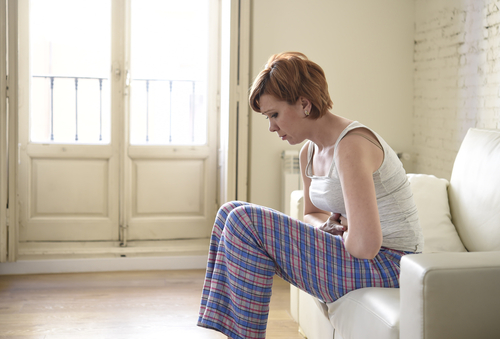Cysts are closed capsule or sac-like structures, typically filled with liquid, semisolid or gaseous material – very much like a blister. Cysts occur within tissue, and can affect any part of the body. They vary in size from microscopic to the size of some team-sport balls – large cysts can displace internal organs.


